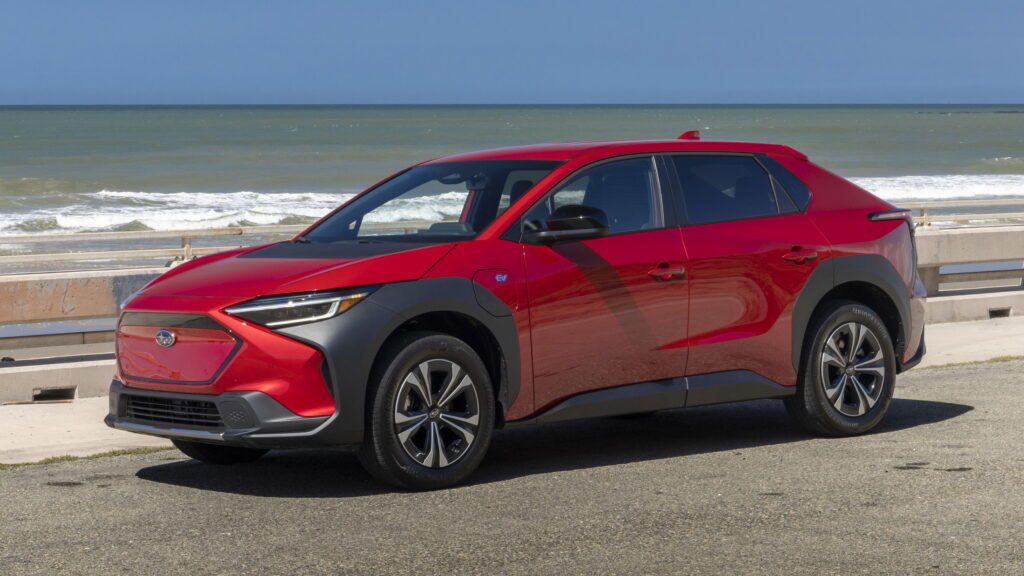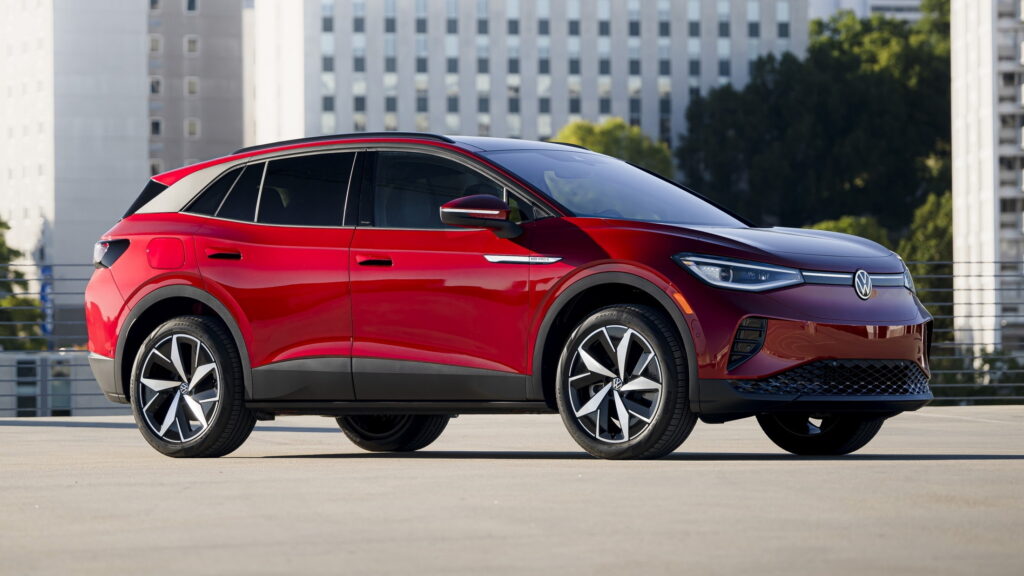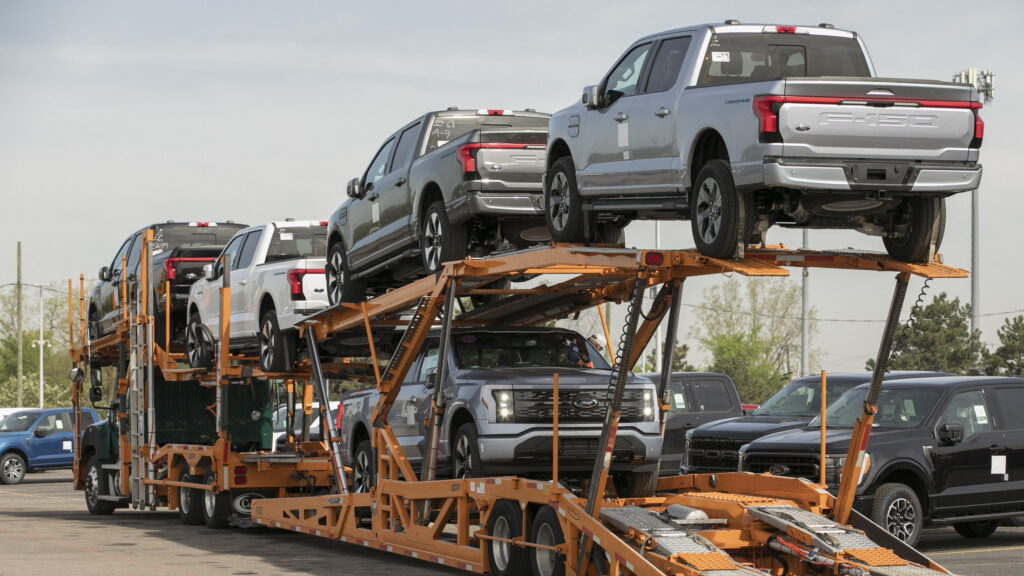Back in July, studies showed that electric vehicles were sitting on dealer lots for longer than internal combustion vehicles. Now reports suggest that they’re sitting for more than 100 days. But what initially looks like cooling demand actually isn’t as simple as it may seem.
That’s a point that is well illustrated by the volume of EVs sold by retailers in 2023. So far this year, 8.6 percent of vehicle they sold were all-electric, but they only amounted to 6.7 percent of available inventory.
“The story that demand for EVs is slowing is patently false,” Tyson Jominy, vice president of data and analytics at JD Power, told Autonews. What’s making the data look weird has a lot to do with this particular moment in time.
For starters, the pandemic has made supply metrics look unusual across the board. And now that automakers are finally capable of producing vehicles at the rates they’re used to, it’s having a magnifying effect on the days’ supply metric for EVs, according to Jim Cain, a GM spokesperson.
Read: In California, 1 In 4 New Cars Sold In Q2 2023 Were Zero-Emission Vehicles

“If you have low sales, which is common for vehicles that are launching, and rising inventory, which is also expected for launch vehicles, you get a high days’ supply number,” said Cain. “The reading can be further misleading if a significant amount of that inventory is in transit to dealers and not available for sale.”
Dealers are also trying to manage the transition to increasing EV adoption, something that will not happen evenly across all markets. Whereas dealers in California have seen EV sales to grow steadily, that hasn’t been the case everywhere.
For instance, in Texas, Ford dealers saw sudden, powerful demand for the F-150 Lightning. However, once the early adopters all got their orders in, and now that deliveries have caught up, the majority of buyers prefer gas-powered trucks, meaning that sales in the state are slowing, according to Stephen Gilchrist, a dealer operator with 18 locations in the region.
“We are in the infancy of this EV era. You’re going to have some stops and starts as you gain higher adoption rates,” Gilchrist said. “A lot of people are starting to realize the idea that we are all going to drive EVs by 2030 is not accurate.”
It’s a big country, though, and enough buyers do want EVs, so it’s too soon to say that demand is cooling. According to Mike Sullivan, the owner of the LACarGuy network of dealerships, it’s clear that EVs are destined to be a major force in the automotive industry.
“I have no question of where we’re going,” he said. “It’s just the pace of when we get there.”









